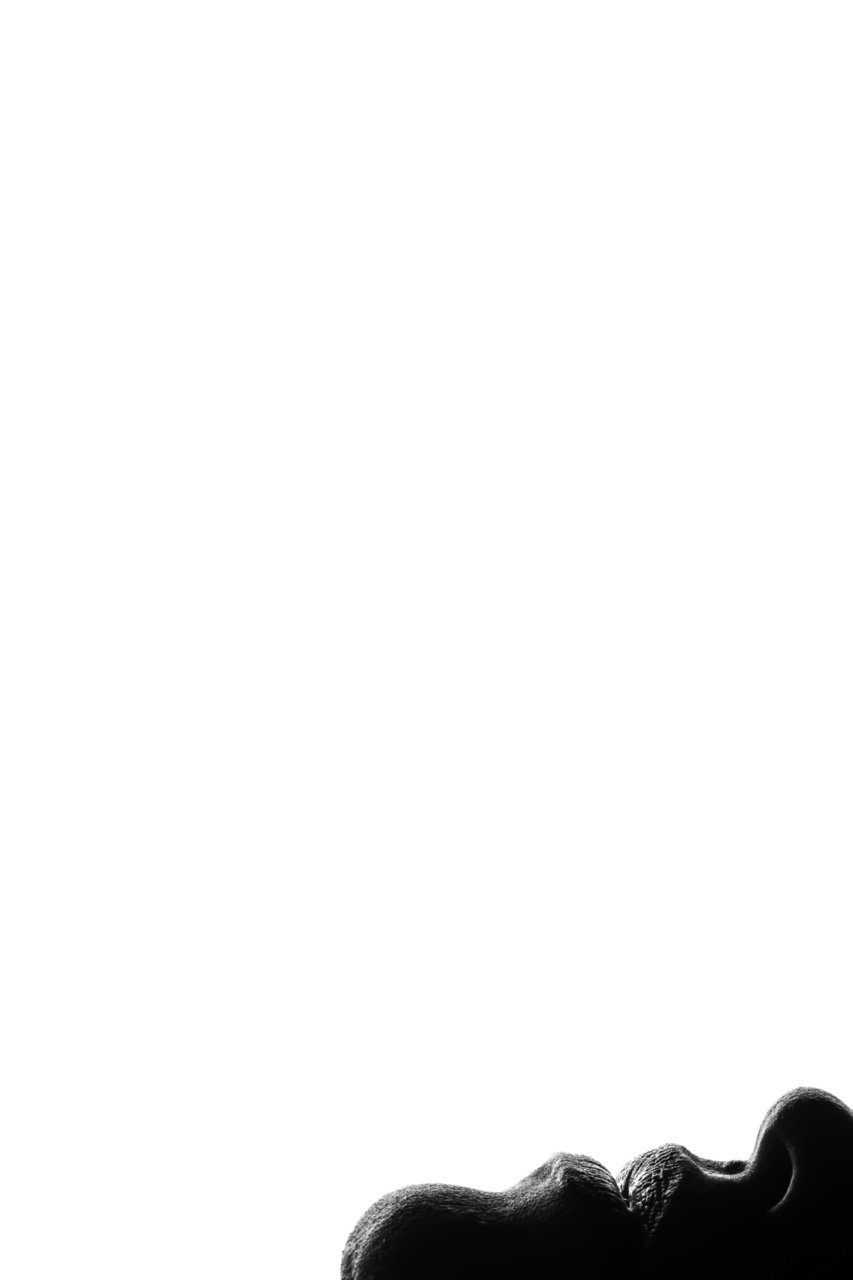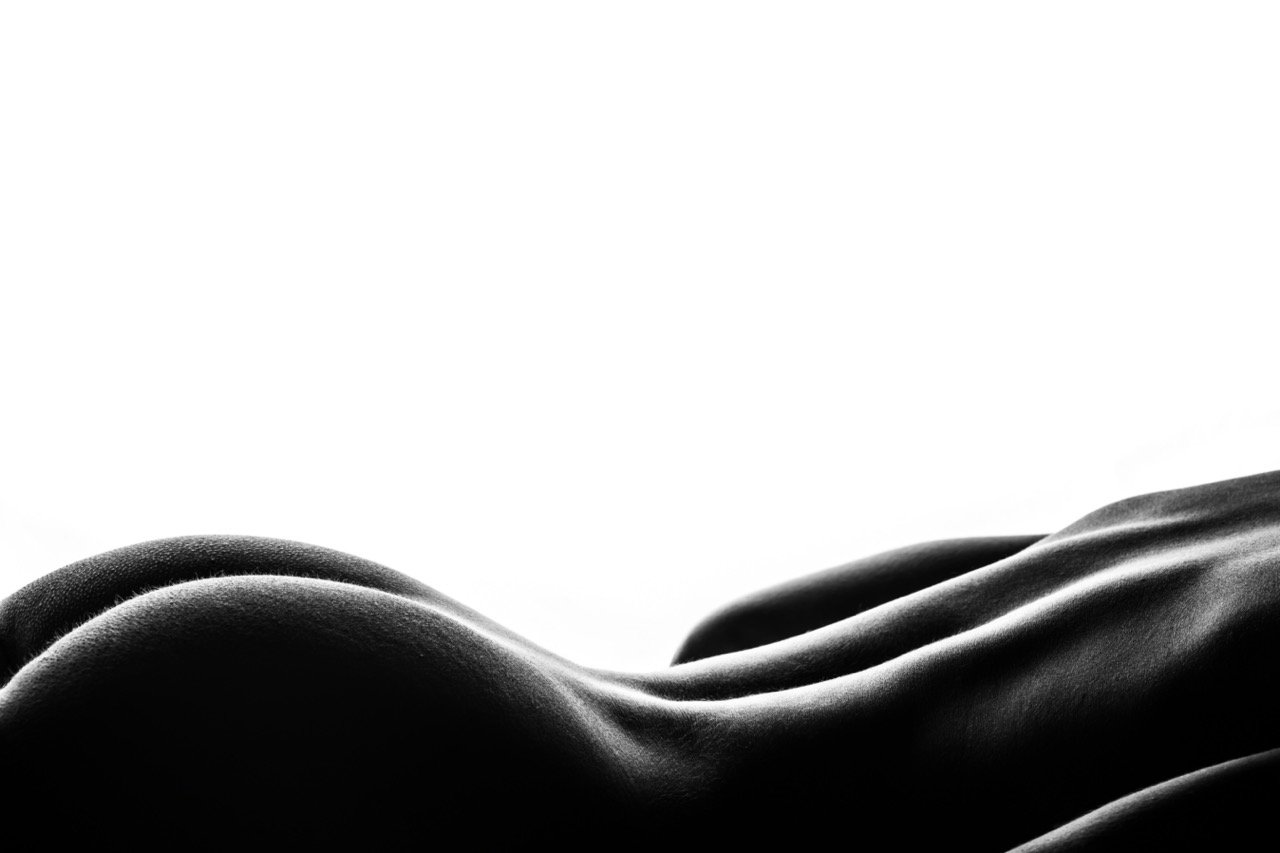Why Most Photographers Can’t Get Bodyscape Photography Right
The Mass Confusion Between Bodyscape and Fine Art Nude
Here’s the hard truth: most photographers don’t understand bodyscape photography. They market it like it’s interchangeable with fine art nude—or worse, boudoir—but the results speak for themselves. Blurry silhouettes, harsh or uneven lighting, and lifeless angles of a woman posing without purpose. That’s not bodyscape. That’s just lazy and misinformed. If you can clearly see it’s a human, it’s not bodyscape.
I’ve been teaching the art of bodyscape photography for over 5 years—across the world, through both online courses and in-person workshops. And I can tell you this: only about 8% of my students master this art immediately. The rest? They need time, practice, and often a complete shift in how they view the human body. But with guidance and dedication, they all get there.
Why is it so difficult? Because bodyscape photography requires a level of depth and understanding of human anatomy, landscape, and advanced lighting that most photographers simply don’t take the time to gain those skills. Let’s break this down…
1. They don’t understand the human body.
They shoot without any real concept of how the human form moves, stretches, contracts, and flows. But bodyscape photography demands more than surface-level observation. When I began creating this art form, I had to study human anatomy in-depth—male and female. I studied bone structure, muscle groups, and skeletal flow so I could understand how light interacts with form beneath the skin. This didn’t come from blindly copying someone else’s work—it came from years of analysis, experimentation, and genuine curiosity about the human body. Without that level of commitment, you can’t sculpt light—you’re just guessing.
2. They lack the artistic eye to see landscape in the body.
Bodyscape comes from the term “body as landscape.” It’s not just a model in front of you—it’s dunes, valleys, arches, and shadows. That kind of vision doesn’t come overnight. It takes hundreds, even thousands of hours of working with different body types, experimenting, and twisting them into a hundred different pretzel-like shapes—all in the pursuit of discovering the terrain within the form. This level of artistry comes only with practice, repetition, and a deep, respectful understanding of the human body. You have to know it intimately before you can truly see its geography.
3. They shoot from the wrong angles with the wrong lenses.
You can’t just slap on a 50mm lens, shoot from standing height, and expect magic. Bodyscape requires precise angles, intentional framing, and compression that isolates form and enhances shape. The camera must explore—not just observe. And if you’re not using a sharp macro or close-focusing lens capable of capturing every goosebump, skin texture, hair, and subtle imperfection, then you're not photographing bodyscape—you’re missing its essence.
To achieve that level of detail, I often rely on manual focus with millimeter-level adjustments using a macro rail. This isn’t casual shooting—it’s micro-sculpting with light and lens. Because in bodyscape, every bump, curve, and shadow becomes part of the landscape.
4. They think lighting makes it bodyscape.
Lighting is just the beginning—and honestly, it’s the easiest part of bodyscape photography. Anyone can throw a light at 45 degrees and call it dramatic. But true bodyscape is about what you do with that light—how you sculpt the form, what you choose to reveal, and what you deliberately hide.
And it’s not about chasing the highlights—it’s about mastering the shadows. Shadows create the depth, the mystery, the terrain. A true bodyscape artist knows that it takes millimeter adjustments of the body—just slightly toward or away from the light—or inch-by-inch movements of the light source itself to shape those shadows precisely where they need to fall.
Only those who have studied this genre deeply understand that light isn’t just for exposure—it’s for carving. And that level of control can’t be faked.
Bodyscape Isn’t a Crop—It’s a Craft.
Too many photographers shoot a nude, crop in tight, and call it bodyscape. But bodyscape is not a crop. It’s an intentional craft. It’s architectural. It’s poetic. It’s built from emotion, rhythm, and trust. It’s deeply minimalist and carefully abstracted to remove identity and replace it with essence.
At YP Boudoir, bodyscape is a fine art experience. We treat each session like a collaboration between the body and the light. We slow down. We pose deliberately. We design every image like a painting. Because the body deserves that level of intention.
Every bodyscape and fine art sessions are led by me, Yuliya Panchenko, the original creator of the dramatic black-and-white bodyscape photography style, or by one of my top photographers, hand picked by me. My work has defined the genre, inspired artists worldwide, and separated visual noise from visual poetry.





